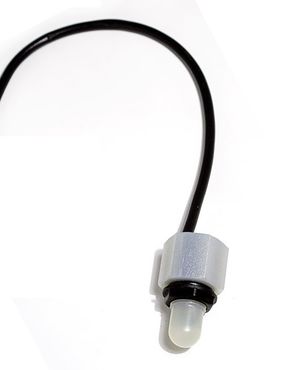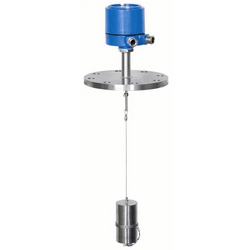Level Switches
Level Switches make use of conductivity sensing technology or conductance method for liquid level detection. Conductance method of liquid measurement and control is considered to be very simple in operation. Their working depends upon the electrical conductance or conductivity of the process liquid being measured. The liquid under measurement can typically conduct a current with a low voltage power source having voltage usually less than 20 Volts. One common way to set up an electrical circuit is to use a dual-tip probe that eliminates the need for grounding a metal tank. Such probes are generally used for point level detection, and the detected point can be the interface between a conductive and nonconductive liquid.
Main Features
Key features of level switches are listed below:
- These switches provide extremely cost effective solution for liquid level measurement.
- They are very simple to install and safe to use.
- They usually give maintenance free service.
- They generally have rugged construction.
- They are available in different models. Some of them are provided with fixed rigid rods, some with removable rigid rods and many others with pendular electrodes. These electrodes are basically connected to the cable housings.
- These liquid level switches are designed in such a way that they can work with almost all conductive mediums. Besides, they can provide level control up to 5 or more different points.
Applications
Conductance based level switches can be adapted to work with variety of applications. Following are the major applications of these level switches:
- They can be applied for both high or low level alarm indication as well as pump valve control.
- They can be employed in cases of run-dry protection and tanks overfill also.

